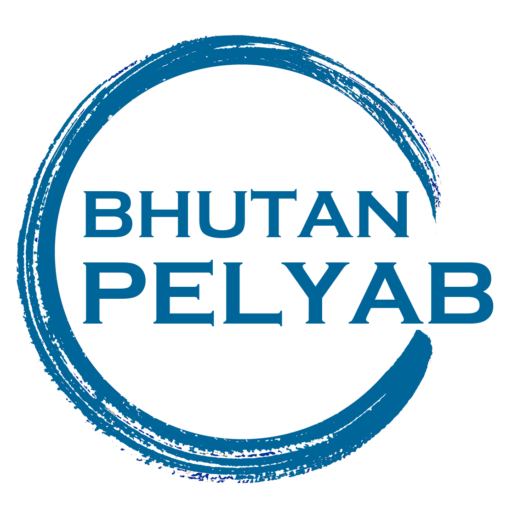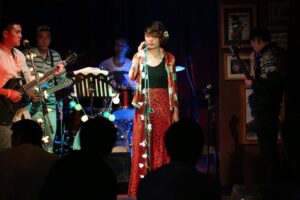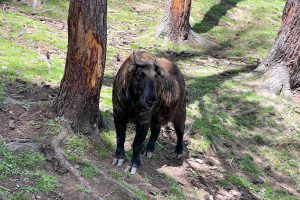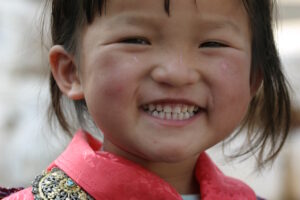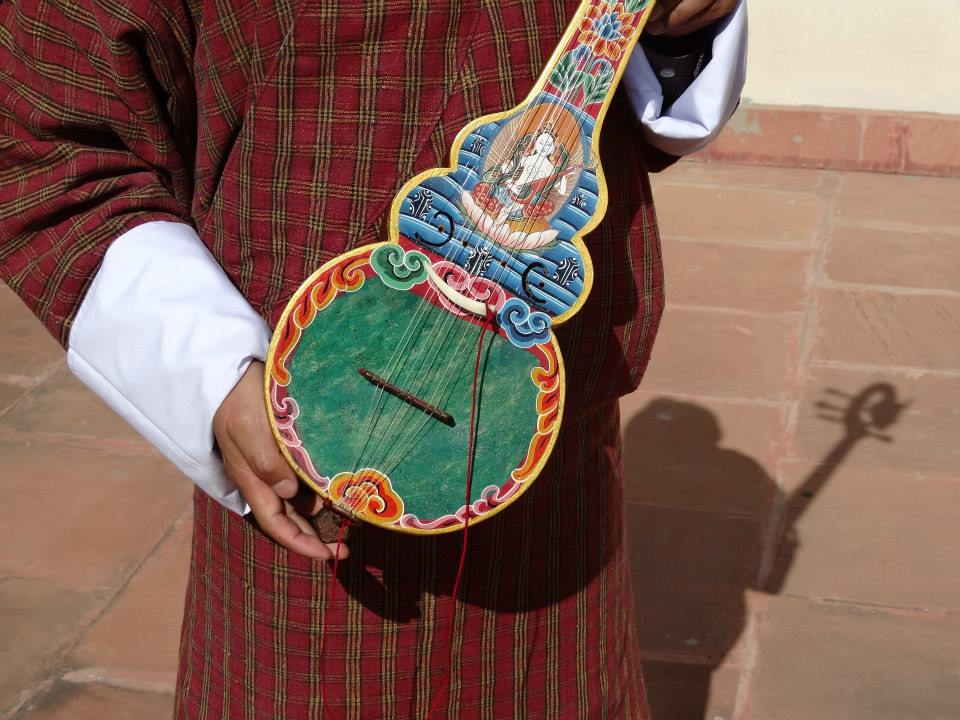
“Traditional music is the authentic heart of Bhutanese culture”
The quote has spoken for the importance and the love of the Bhutanese for their traditional music. The music’s origin is attributed to Lhamo Yangchenma or goddess Sarasvati, according to the Buddhist texts. Bhutanese songs and dances are very distinctive. Bhutanese put music in every aspect of life, from using them to observe their most important rituals, to celebrate and socialize, and to express and transmit core knowledge, experiences and values to their future generation.
Yangring and yangthung are the two different styles in Bhutanese music, the former is with longer melody while the latter uses shorter melody. Longer melody is common when singing spiritual and classical Bhutanese songs. On the other hand, boedra (court songs) uses yangthung.
Traditional Bhutanese music includes a spectrum of subgenres, ranging from folk to religious song and music.
The religious music of Bhutan is usually chanted, and the lyrics and dance often re-enact namtars, spiritual biographies of saints, and feature distinctive masks and costumes. The religious songs are written in the language of Chöke (classical Tibetan). Together with that, the Cham dance is also a vital part in Bhutan’s tsechus (festivals). Cham is a lively dance where the performers wear masks and dance along the music and is believed to bring merit to people who perceive it.
Bhutanese folk music is under the influence of Drukpa Buddhism and Buddhist music, so the chanting styles are taken from the Drukpa music. However, most of the song’s authors are anonymous. Like religious music, the lyrics of folk music are most often in literary Dzongkha or Chöke, however, there are also several traditional songs in Khengkha and Bumthangkha. The masked dances are also common components of folk music.Some of the most popular Bhutanese musical instruments are drangyen (lute), piwang (or chiwang, or fiddle), lim (flute), and yangchen (hammered dulcimer), which are all used to accompany traditional songs and dances. The name Drangyen means melodious sound. It is the oldest instrument from Bhutan. The instrument is a red, green and blue painted long lute with a dragon or crocodile head on the top. It has seven strings, which, according to the Bhutanese, belong to the seven dakinis (celestial beings) from the celestial realms. Piwang is another typical Bhutanese music instrument. It is a two-stringed instrument played with a bow. Piwang has a rounded, cylindrical resonance box covered with a thin animal skin as resonance membrane. Lim – Bhutanese bamboo flute with six holes, is probably the most popular instrument out of the mentioned four for its accessibility. The yangchen or dulcimer is a stringed board instrument painted in green, red and blue colours. Other Bhutanese instruments that can be named are kongtha, dung, jaling, nga and kangdung.
